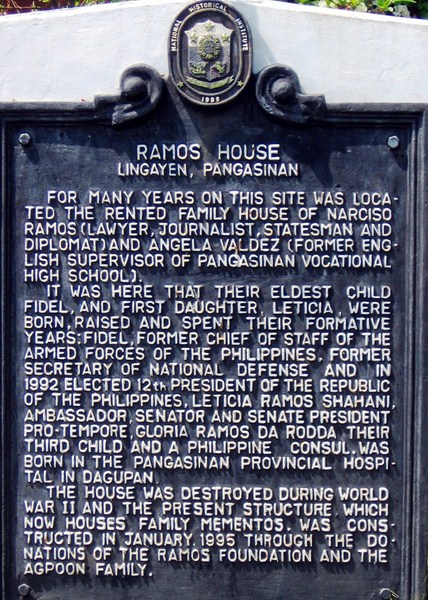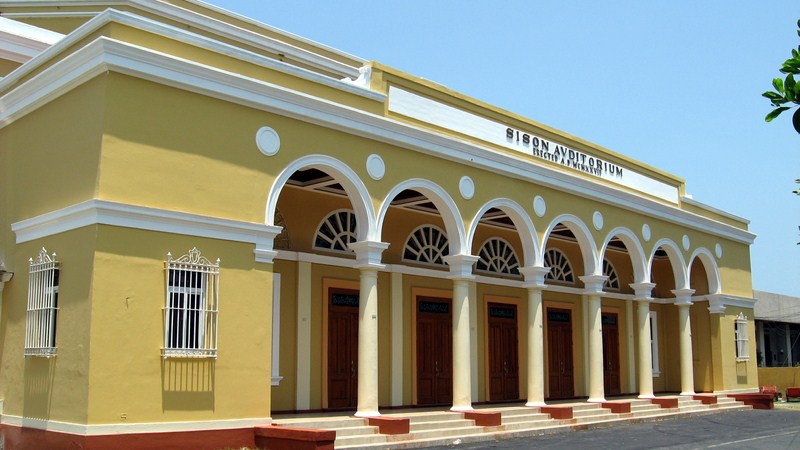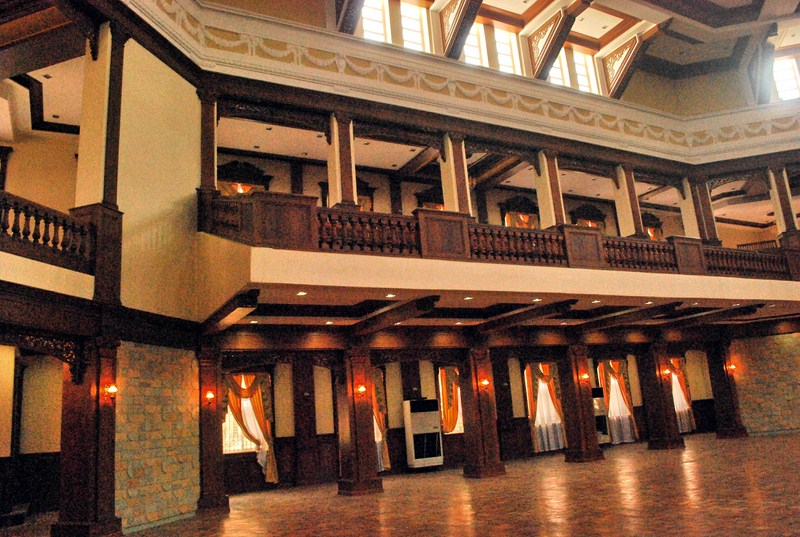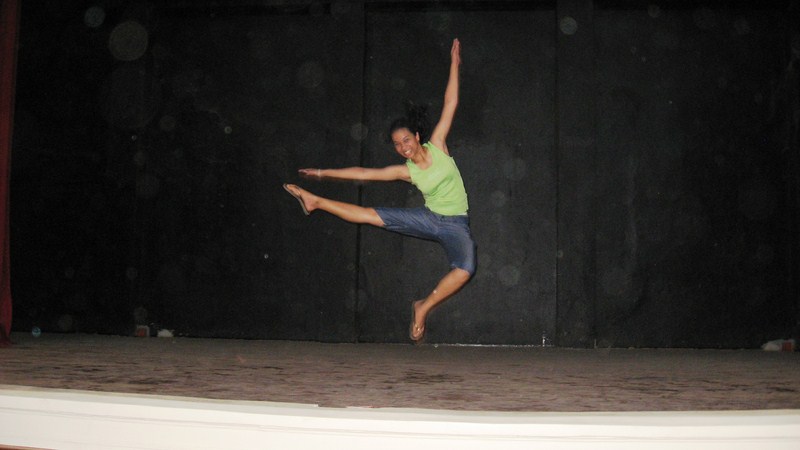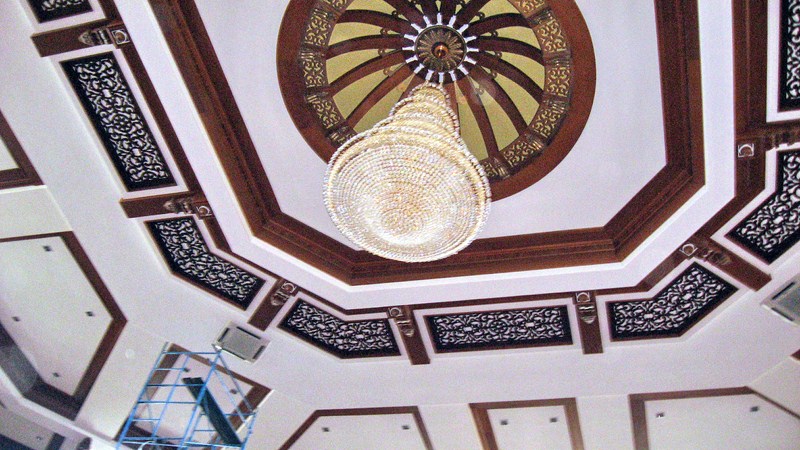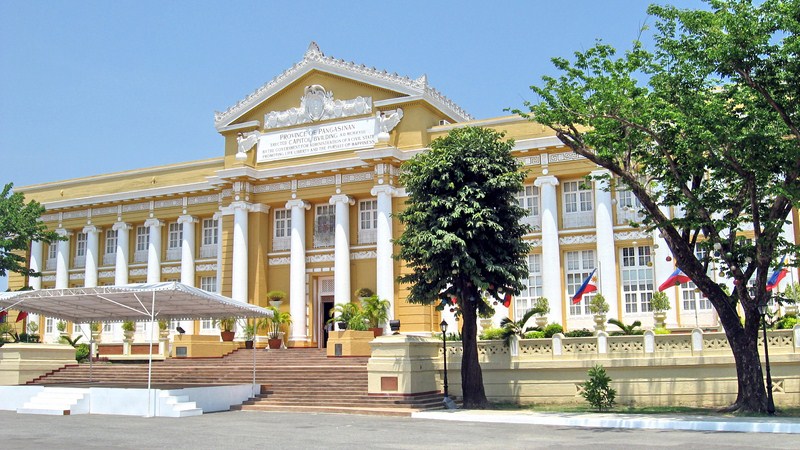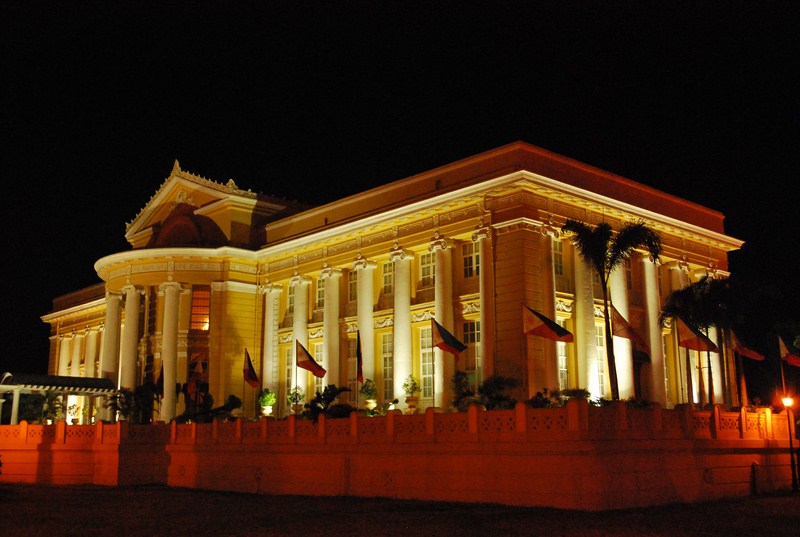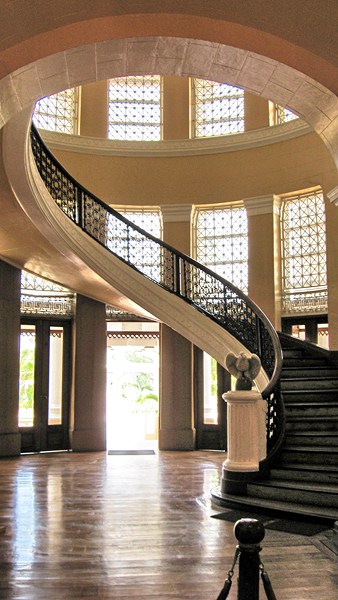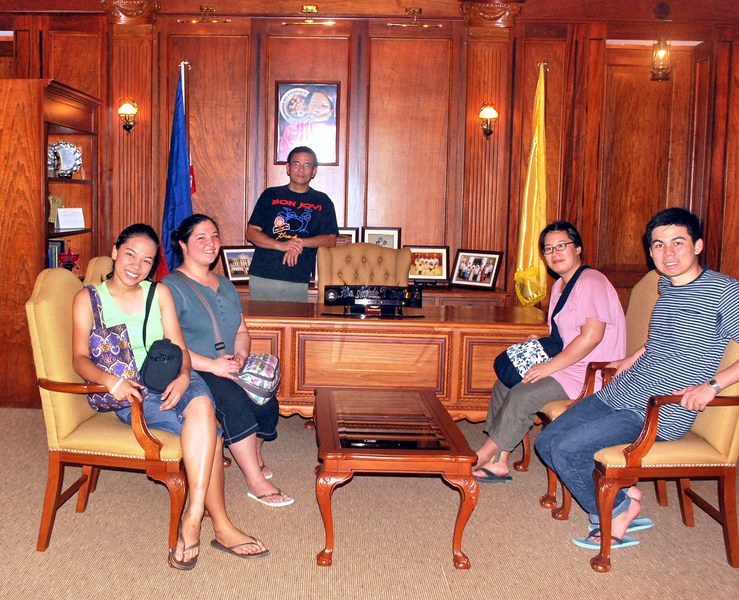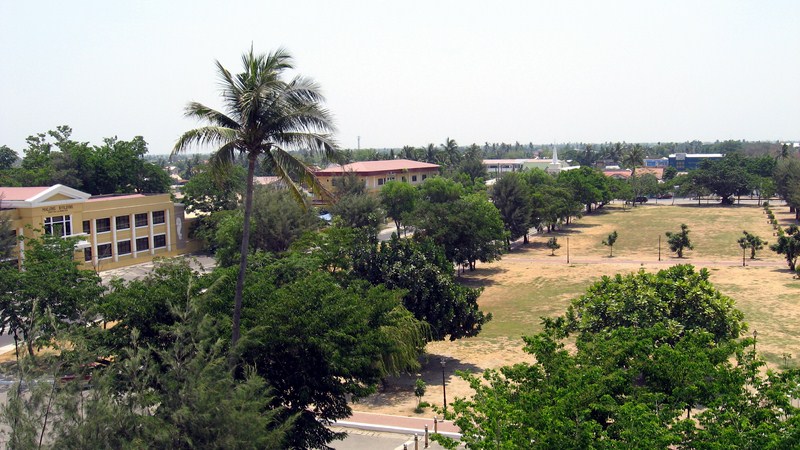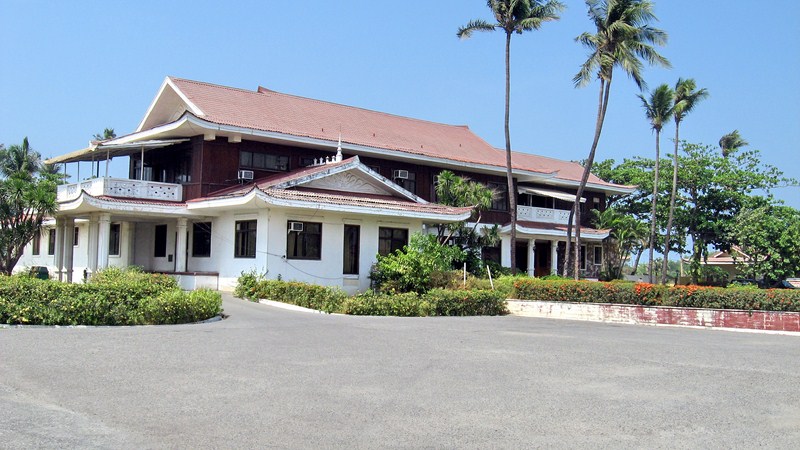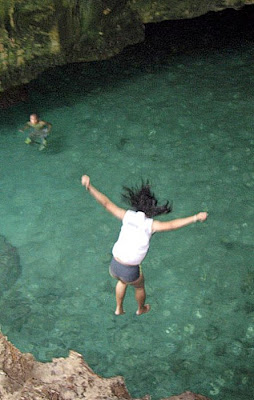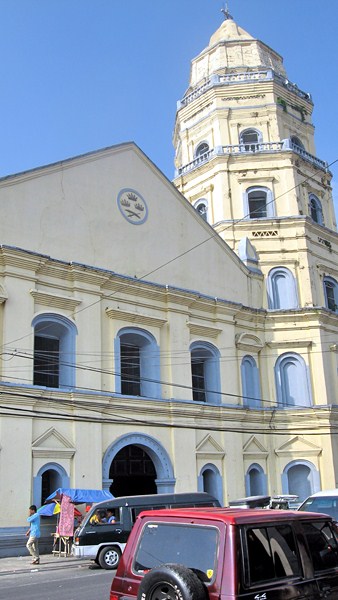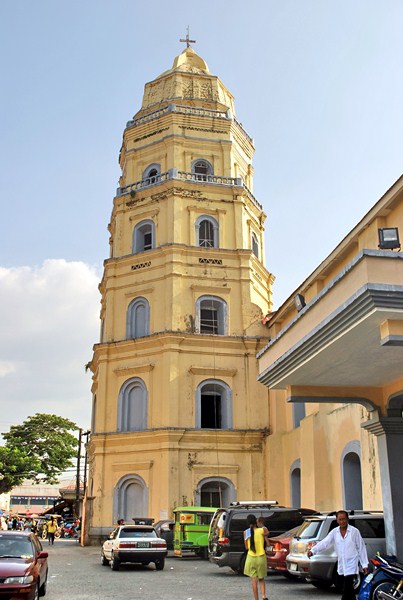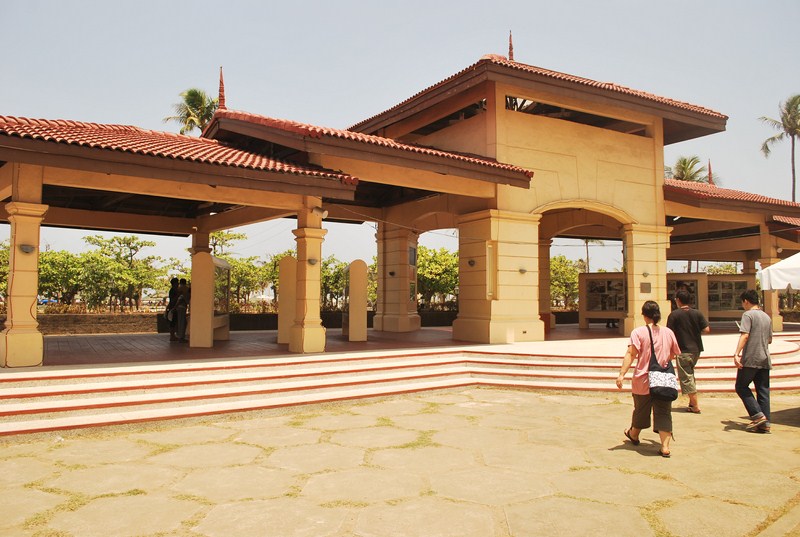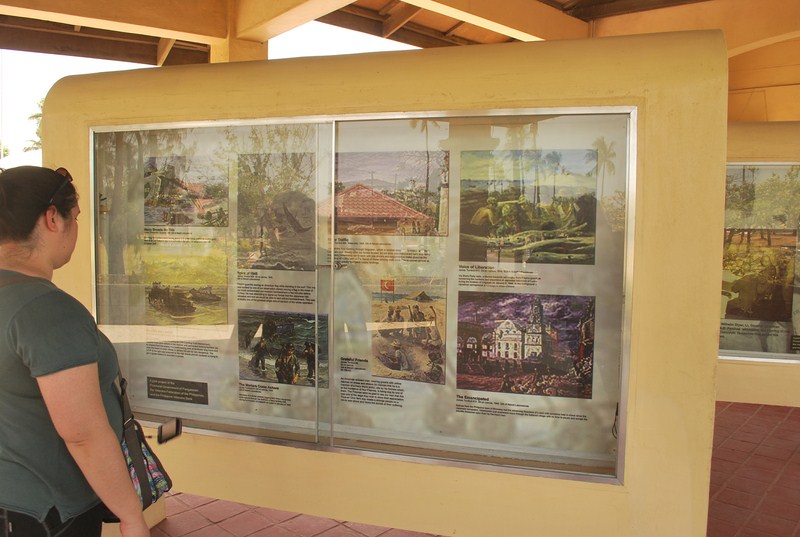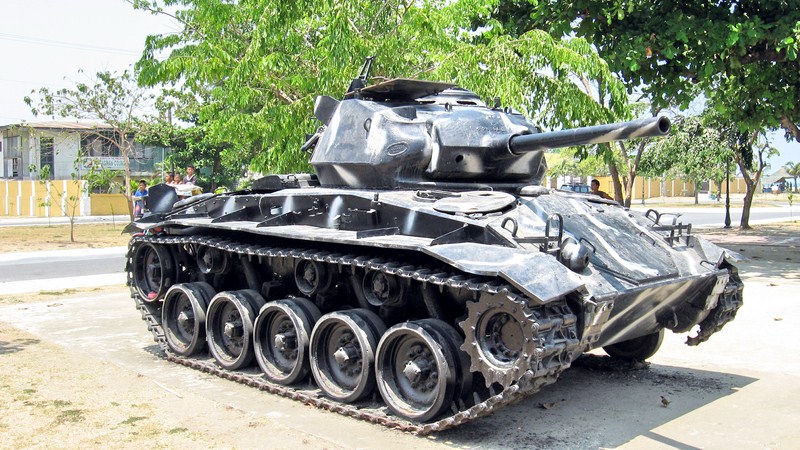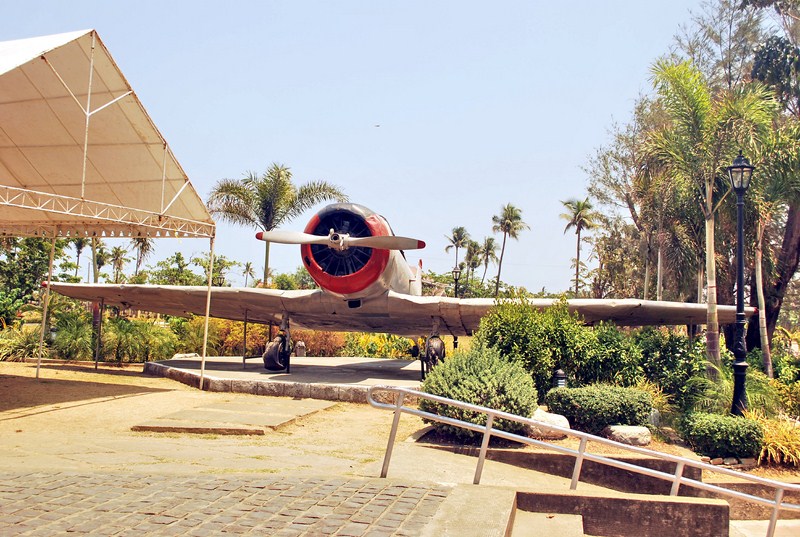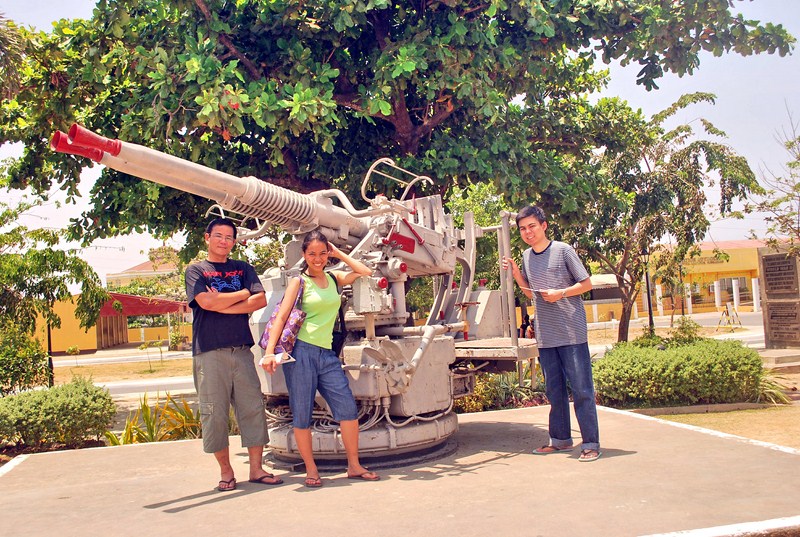On our way back to Manila from our Holy Week vacation at Lingayen (Pamgasinan) with my kids Jandy and Cheska, we encountered, along the highway in Camiling, a group of barefoot Filipino men marching along the road, one carrying a heavy wooden cross while others were whipping their already bloody backs. Curious, we stopped and parked our Toyota Revo along the road to join the crowd of onlookers observing this annual, gory Good Friday religious ritual.
 |
| A gory Good Friday roadside staple |
During the Lenten season, many Filipino devotees (including some women), as a form of worship and supplication, perform religious penance during the week leading up to Easter Sunday. However, these practices, widely believed by devotees to cleanse sin, cure illnesses and even grant wishes, are discouraged by the Catholic Bishops Conference of the Philippines who describe them as “inappropriate.” However, these practices cannot be easily relinquished as it is already embedded in local culture and tradition.
 |
| The man with the cross |
Normally, those carrying the cross wear a maroon robe but the man we observed was, like the others, just naked from the waist up. His face, also like the others, was covered by a piece of cloth with a crown of leaves on their head. Bloody gashes, from the repeated strikes of their whips, could be seen on the backs of the flagellants who believe that their sacrifice would, somehow, grant salvation for their sins.
 |
| The self-flagellants |
The self-flagellation ritual starts with the tying of ropes around the arms and legs of the flagellants (the one carrying the cross was similarly tied). Then, with a blades, wounds are inflicted on their backs. They then march, under the scorching heat of the sun, for about 4 to 5 hours. Every 500 m. or so, they stop to rest.



